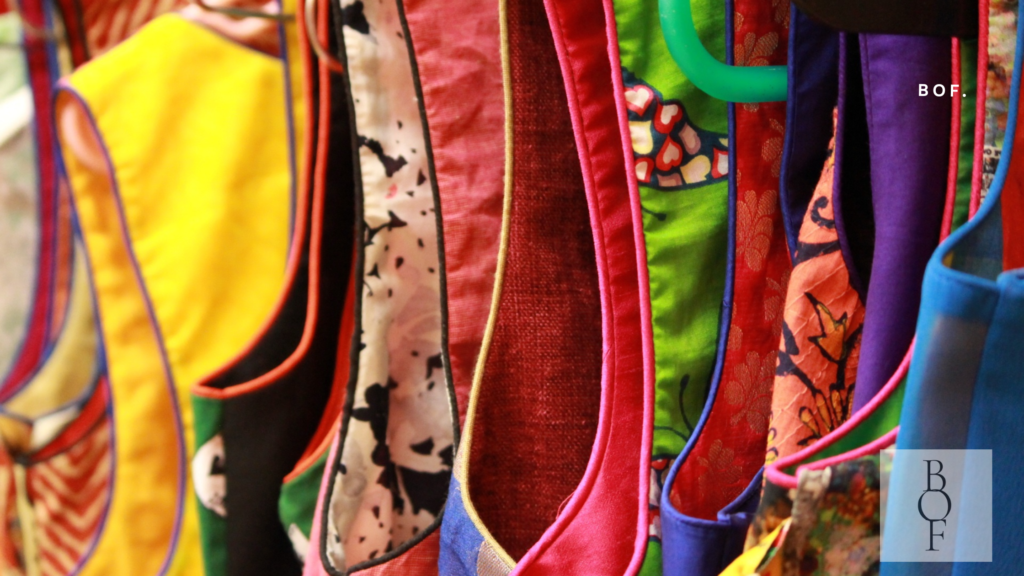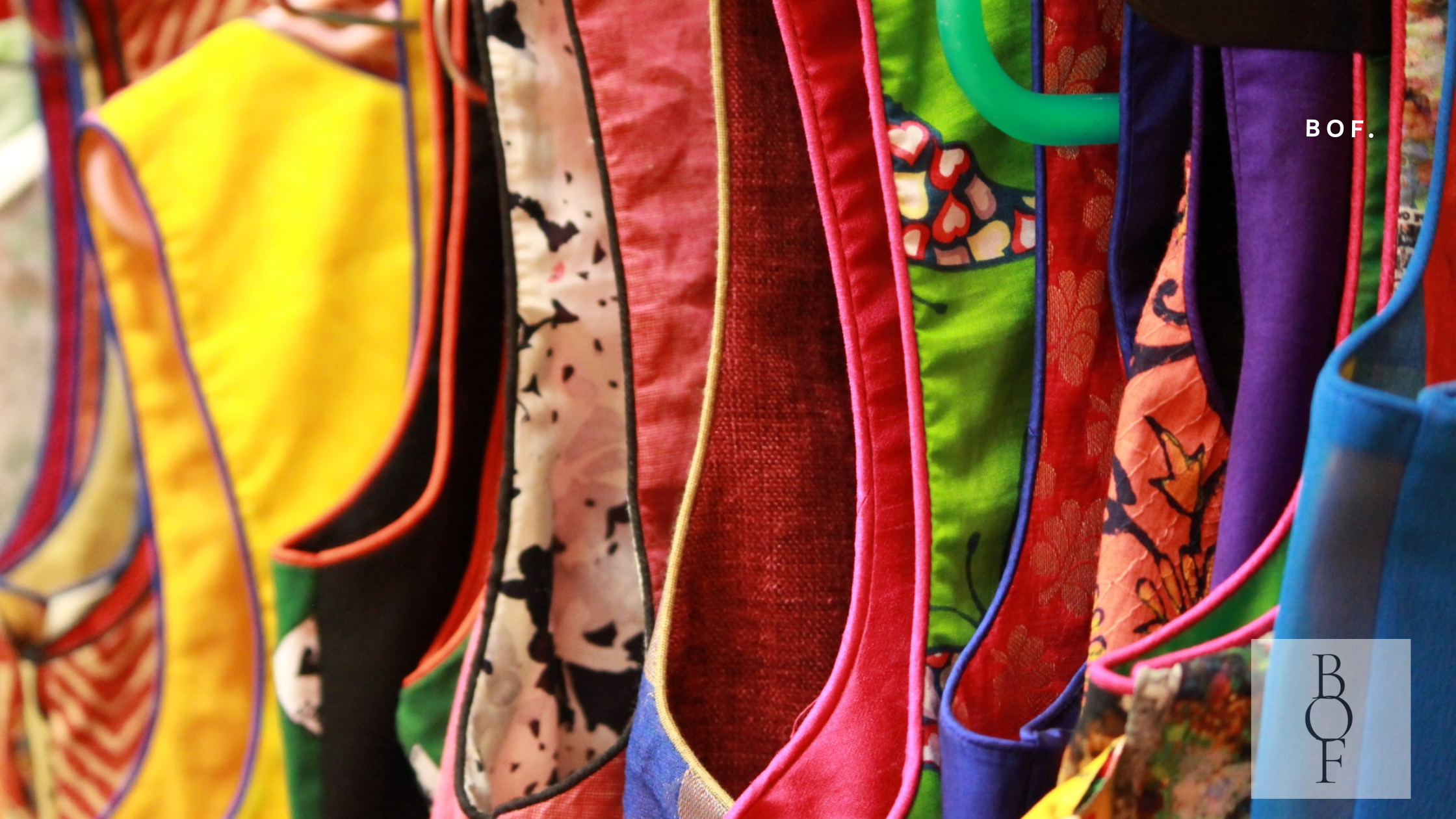
In 2024, the Indian fashion landscape is witnessing a powerful resurgence of handloom and traditional crafts. This revival is not just a trend but a movement that celebrates India’s rich cultural heritage while embracing sustainability and supporting local artisans. As consumers increasingly seek authenticity and sustainability, the spotlight on handloom and traditional crafts has never been brighter.
The Rich Legacy of Indian Handloom
India’s handloom industry is one of the oldest and most diverse in the world, with each region offering its unique weaving techniques and textiles. From the luxurious Banarasi silk sarees of Varanasi to the vibrant Kanchipuram silks of Tamil Nadu, Indian handloom reflects the country’s cultural diversity and craftsmanship. These textiles are not merely fabrics; they are embodiments of the stories, traditions, and heritage of various communities across India.
In 2024, there’s a renewed appreciation for these age-old crafts. Indian designers are reinterpreting traditional textiles in contemporary silhouettes, making them appealing to a modern audience. Whether it’s a handwoven saree, a chikankari kurta, or a kantha-stitched jacket, handloom is being embraced for its uniqueness, quality, and the cultural pride it represents.
The Artisan-Designer Collaboration
One of the most significant factors driving the revival of handloom and traditional crafts is the growing collaboration between designers and artisans. This partnership has proven beneficial for both parties: designers gain access to exquisite, authentic textiles, while artisans receive fair wages and global recognition for their work.
Designers like Sabyasachi Mukherjee, Anita Dongre, and Rahul Mishra have been at the forefront of this movement, incorporating handwoven fabrics and traditional embroidery into their collections. These collaborations have not only revived interest in traditional crafts but have also provided a much-needed lifeline to the artisans, ensuring that these crafts continue to thrive.
Sustainability: A Key Driver of the Revival
As the global fashion industry grapples with the environmental impact of fast fashion, the demand for sustainable and ethically produced clothing is on the rise. Handloom textiles, made with natural fibers and traditional, non-mechanized methods, fit perfectly into the sustainable fashion narrative.
Consumers today are more conscious of the environmental footprint of their purchases. They are increasingly opting for clothing that is not only stylish but also sustainable. Handloom garments, which are often made to last and can be passed down through generations, offer an eco-friendly alternative to mass-produced fashion.
The Role of Technology in Promoting Handloom
Technology has played a pivotal role in the revival of handloom and traditional crafts. Social media platforms like Instagram and Pinterest have become powerful tools for promoting handloom products and educating consumers about the value of these crafts. E-commerce platforms are also making it easier for consumers to access handloom products from the comfort of their homes, further boosting the industry’s reach.
Additionally, initiatives like the “Vocal for Local” campaign have raised awareness about the importance of supporting local artisans and buying handmade, sustainable products. These efforts are contributing to a growing demand for handloom textiles, both in India and abroad.
The Future of Handloom in Indian Fashion
Looking ahead, the future of handloom and traditional crafts in Indian fashion appears promising. As more designers and consumers embrace sustainable fashion, the demand for handloom textiles is expected to continue growing. Moreover, the government and various non-profit organizations are increasingly recognizing the importance of preserving these crafts and are providing support through training programs, grants, and marketing initiatives.
The revival of handloom and traditional crafts is more than just a trend; it’s a cultural renaissance that honors India’s rich heritage while paving the way for a sustainable future. By choosing handloom, consumers are not just buying a piece of clothing; they are investing in a tradition, a story, and a future where fashion is synonymous with sustainability and cultural pride.
In 2024, Indian fashion is not just about looking good—it’s about feeling good, knowing that your clothing is making a positive impact on the world. The revival of handloom and traditional crafts is a testament to the enduring appeal of India’s rich textile heritage and its relevance in the modern world.










